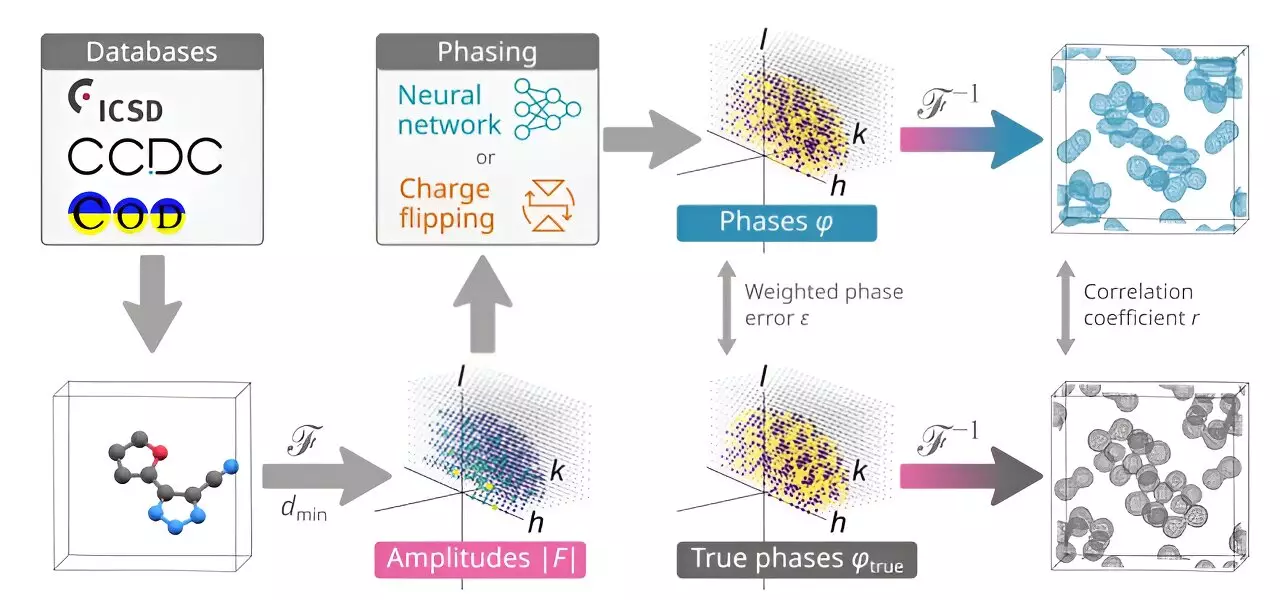In a breakthrough discovery, a team of chemists at the University of Copenhagen has successfully developed an AI application called PhAI to predict the phase of x-rays diffracted by crystals, aiding in the determination of small molecule structures. This innovative tool has the potential to revolutionize the field of chemistry by providing accurate predictions through artificial intelligence.
The Development of PhAI
Anders Larsen, Toms Rekis, and Anders Madsen collaborated on this project and detailed their findings in a paper published in the prestigious journal Science. The trio utilized computer models to generate millions of simulated small molecule structures and compute the resulting fuzzy diffraction patterns. By training the AI on these patterns, they were able to decode both the phase and intensity information, providing outputs for a multitude of potential molecules. This groundbreaking approach sets PhAI apart from traditional methods of crystal structure prediction.
In recent years, the integration of AI in chemistry has gained momentum, opening up new avenues for research and discovery. The partnership between chemists and computer scientists has led to the creation of innovative applications that streamline processes and enhance predictive accuracy. One notable example is the development of an AI application for predicting protein structures, which serves as a testament to the power of artificial intelligence in the field of chemistry.
Challenges and Solutions
One of the major challenges in predicting small molecule structures lies in the inability to measure the phase of x-rays during crystal diffraction. This limitation often results in fuzzy diffraction patterns, making it difficult for chemists to decipher the molecular structure accurately. However, the introduction of PhAI offers a solution to this problem by utilizing AI to identify unique patterns even in cases of fuzzy diffraction. This marks a significant advancement in crystal structure prediction.
The research team’s successful testing of PhAI on 2,400 small molecules with known structures demonstrates the application’s efficacy and reliability. Moving forward, the team aims to further enhance PhAI’s capabilities, with the goal of extending its predictive abilities to molecules beyond 50 atoms. This ambitious vision underscores the continuous evolution and advancement of AI technology in chemistry, paving the way for exciting discoveries and innovative breakthroughs.
The development of PhAI by the chemists at the University of Copenhagen represents a groundbreaking achievement in the field of crystal structure prediction. By harnessing the power of artificial intelligence, this innovative application promises to revolutionize the way small molecule structures are determined, offering a more accurate and efficient solution to a longstanding challenge in chemistry. The future looks bright for AI in chemistry, with PhAI leading the way towards new frontiers of discovery and advancement.


Leave a Reply